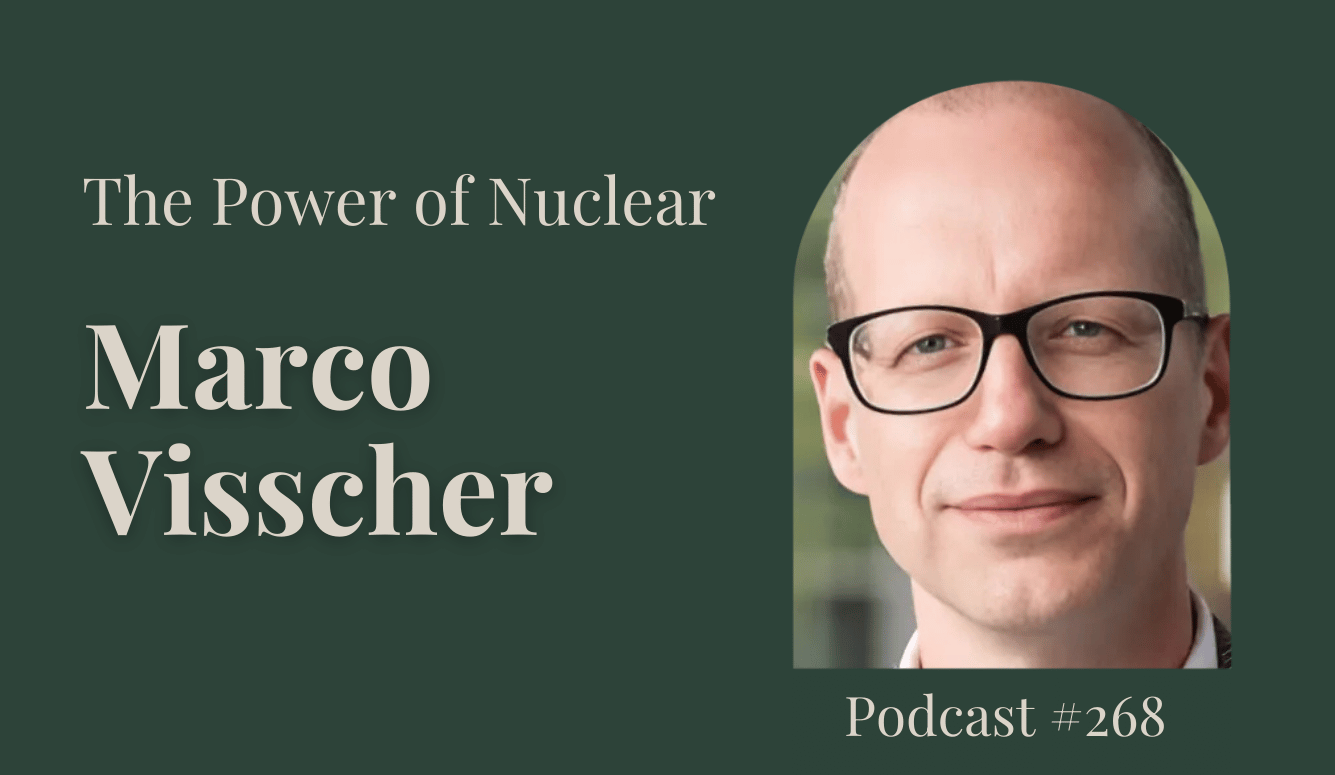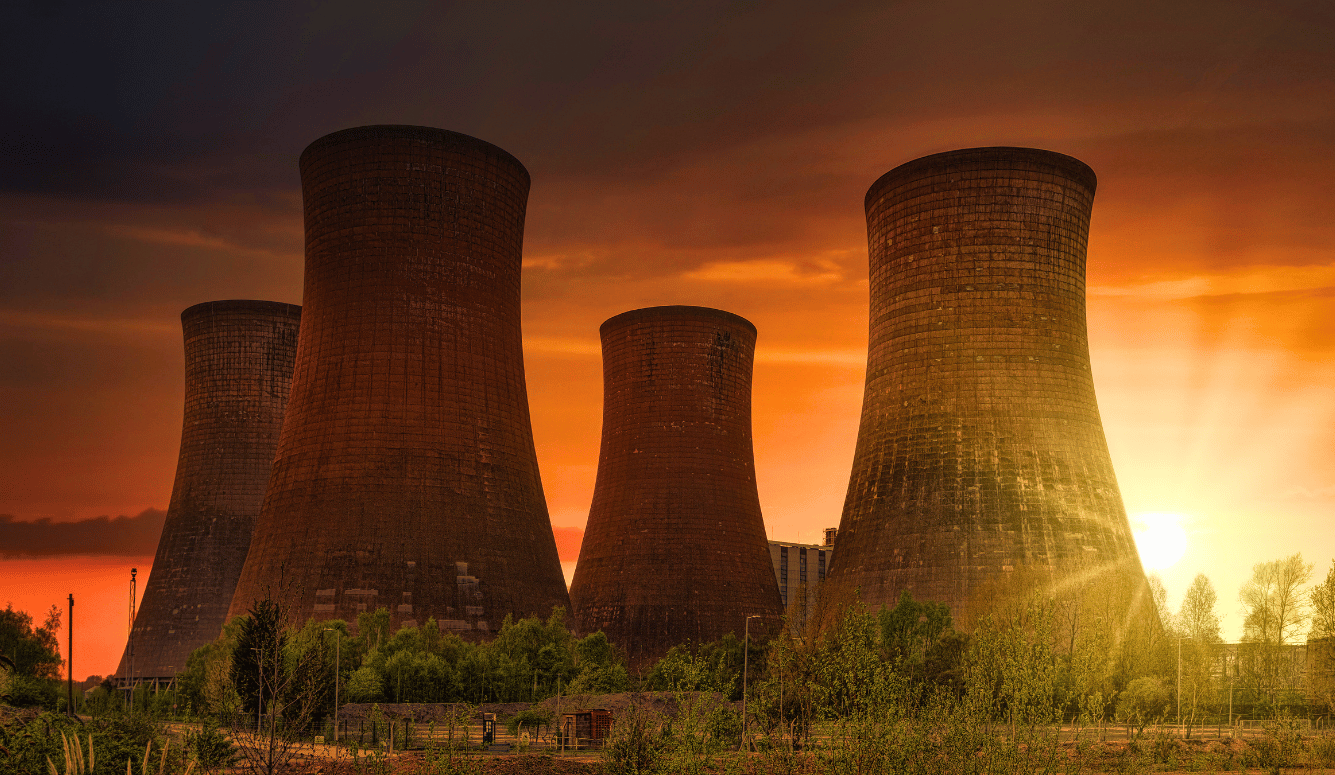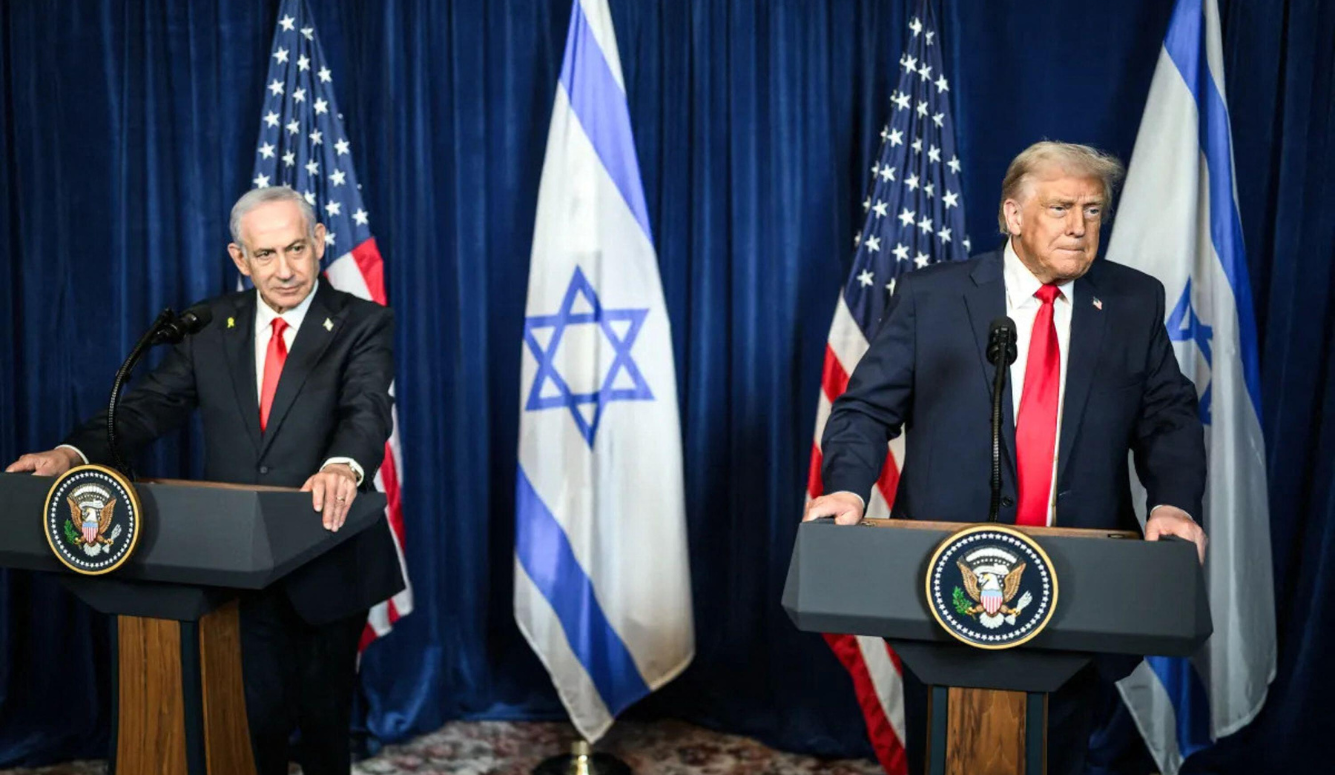Blog
Australian Election 2025, The Nuclear Debate with Will Shackel: Quillette Cetera Episode 44
Why nuclear must be part of Australia’s energy future.

In this conversation, Zoe Booth speaks with Will Shackel, an eighteen-year-old energy advocate and founder of Nuclear for Australia, a youth-led campaign pushing for the inclusion of nuclear power in the country’s energy mix. They discuss the rising cost of electricity and the structural challenges facing the national grid. Shackel makes the case for nuclear energy—particularly small modular reactors—as a reliable, low-emission solution. Together, they explore the history of Australia’s nuclear ban, the political divisions surrounding the issue, and the need for a science-based, bipartisan approach to energy policy.
Zoe Booth: With the election approaching, cost of living and energy are top of mind—power bills alone have surged by $300–500 a year. What’s driving these rising costs?
Will Shackel: Firstly, I’m quite fortunate as an eighteen-year-old not to have to pay these significantly increased power bills. Observing the situation in Australia, we’ve been promised cheaper power through renewables, yet as more renewables enter our grid, electricity prices continue to climb.
This contradiction, I believe, highlights the shortcomings of our current approach of aiming for 100 percent renewables. From my perspective, all clean energy options, including nuclear power, should be considered, looking at what the rest of the world is doing by incorporating nuclear power into a balanced energy mix. This approach can help reduce prices, ensure energy security within the grid, and simultaneously allow us to lower emissions.
Currently, Australia faces numerous challenges, from sustaining the economy and industry to keeping power prices down, ensuring a reliable electricity supply, and reducing emissions. These goals cannot be achieved with renewables alone, which is why I passionately advocate for nuclear power.
ZB: Could you explain our current energy mix and when renewable sources began to be integrated into it?
WS: At present, Australia’s grid incorporates around 45 percent renewables. Significant progress has been made in renewable energy investments. Historically, Australia’s grid was dominated by coal, with the uptake of renewables increasing dramatically more recently.
However, this rise in renewable energy integration has coincided with higher power bills and resistance in regional communities towards renewable projects, accompanied by concerns about jobs and the long-term viability of these regions. Moreover, we are not seeing substantial progress in lowering emissions, certainly not at the pace required to seriously address climate change.
While Australia has made advancements with renewables, and we have assets to leverage, there is a critical and as yet untapped role for nuclear power if we aim to resolve all these interconnected issues.
ZB: What precisely is the grid, and how does this energy mix function within it?
WS: I also lack a science and engineering background, so it’s prudent to heed the experts on this. However, the grid stands as one of the most intricate systems in Australia and likely the Southern Hemisphere.
Specifically, the National Electricity Market serves as the grid covering most of eastern Australia—Queensland, New South Wales, Victoria, my home state of the ACT [Australian Capital Territory], Tasmania, and South Australia—an interconnected network linking generators, be they coal-fired power stations, solar farms, wind farms, gas peaking plants, and energy storage and firming solutions like batteries.
This network connects these generators via distribution lines to the communities where power is consumed. The power is then circulated through transmission lines to reach individual homes and businesses. It’s an exceptionally complex system requiring numerous inputs.
I believe it’s becoming increasingly evident that the inherent variability of renewables is making grid management more and more challenging. It’s already a complex system, but the lack of consistent supply due to unpredictable weather—sunshine and wind availability—introduces significant unpredictability.
This necessitates considerably more firming capacity, whether through costly batteries, pumped hydro, or gas peaking, the latter being a somewhat contentious aspect of the energy transition discussion. So, we face a truly complex problem.
This complexity will only escalate as we move towards electrifying our society further, with more electric vehicles, the electrification of heavy industry, and the rise of AI and data centres, which some predict could consume fifteen percent of Australia’s power by 2030. Even AEMO, the Australian Energy Market Operator, forecasts that Australia’s electricity demand could double by 2050.
Consequently, we not only need to decarbonise and transition our current grid to renewables but also face the additional hurdle of transitioning a new grid and potentially implementing an entirely renewable-based system. The energy transition was never going to be straightforward, and current trends suggest the present approach is not proving effective, making it crucial to consider all available options.
ZB: You mentioned “firming” and “firming the grid.” I’ve heard the term, but could you explain its precise meaning?
WS: Certainly. When the sun isn’t shining and the wind isn’t blowing, often during periods of high energy demand—for instance, at night when solar panels are inactive—how do we secure our power supply?
This gap must be filled by technologies we categorise as “firming,” such as batteries or pumped hydro storage. Pumped hydro involves pumping water to an elevated reservoir when excess electricity is available, and then releasing it to flow through turbines, generating electricity to meet demand when there’s a shortfall.
Lastly, there are technologies like gas peaking plants, which can rapidly adjust their output to cover these demand peaks when renewable sources aren’t producing. A significant challenge with renewables is their capacity factors, which for solar panels and wind turbines are around twenty to thirty percent. This means they typically produce their maximum output only twenty to thirty percent of the time. The remaining capacity needed must be provided by firming technologies.
Many of these technologies face substantial hurdles. For example, while batteries are often envisioned as a primary solution, their actual capacities often provide only around two hours of maximum output. Pumped hydro also presents considerable challenges. The Snowy Hydro 2 scheme, currently under development, is expected to take over a decade and cost more than $10 billion Australian dollars. And gas peaking, being a fossil fuel, doesn’t address the climate change imperative.
So, while we can hope for advancements, the current difficulty lies not necessarily with renewables themselves but with all the supplementary infrastructure required to make a renewable-based grid function effectively. This intricate aspect of the energy transition is currently causing significant problems, impacting energy bills and the livelihoods of people in regions where this infrastructure is being developed—a matter I believe requires more thorough discussion.

ZB: Uranium is a finite resource. How much uranium do we have? And what is the estimated lifespan of Australia’s uranium reserves?
WS: Like many resources, uranium has a finite supply. A key point regarding nuclear power, often raised in the context of it not being renewable, is that global uranium supplies are estimated to last around 300 years at current consumption rates.
However, there are various methods for sourcing fuel for nuclear power stations, including the reprocessing or recycling of uranium fuel. In its initial use in a nuclear power plant, approximately ninety percent of the energy in the uranium remains. While typically considered waste after this initial use, some countries recycle this spent fuel to extract the remaining energy for multiple uses, making uranium sourcing more sustainable.
For instance, France derives ten percent of its electricity from recycled nuclear fuel and reprocesses all of it. Interestingly, Australia sends the spent fuel from its multi-purpose reactor to France for recycling, allowing France to generate power from our recycled material, returning the waste products. Thus, Australia technically already participates in nuclear fuel recycling, making it a viable option.
Additionally, uranium can be extracted from seawater, with oceanic concentrations estimated to be 4,000 times greater than terrestrial reserves. Thorium, of which Australia also has significant deposits, presents another alternative. These various options indicate that nuclear power can be a sustainable energy source.
Furthermore, I would argue that no energy source is truly renewable. The materials used in solar panels, for example, are not renewable. While increased recycling is hoped for, the majority of solar panels and wind turbines are not currently recycled. Unlike used nuclear fuel, there is no practical way to recycle burnt coal, and fossil fuels pose numerous other environmental issues.
A significant advantage of nuclear power is its high energy density. A single uranium pellet can produce as much energy as a tonne of coal. This pellet is remarkably small, about the size of a fingernail or a gummy bear. Therefore, while uranium supply is finite, long-term options such as reprocessing, using thorium, and extracting uranium from seawater offer potential for future generations if they choose to continue using nuclear power.
Additionally, nuclear fusion and other advanced technologies will likely emerge in the future, potentially offering newer energy solutions that might eventually supersede nuclear power. Therefore, nuclear power is incredibly viable for Australia. There are no immediate concerns about uranium availability, and long-term alternatives exist for future generations.
ZB: Could you give a brief explanation of nuclear fusion?
WS: Nuclear fission, which is currently used in nuclear power plants worldwide, is the process of splitting atoms. This process generates a significant amount of heat, which can then be harnessed to produce electricity or used for industrial process heat.
Nuclear fusion, on the other hand, involves the merging of atoms, using elements like helium in next-generation power plants. Currently, nuclear fusion is not commercially viable, but there is considerable research and development underway, which I believe is important to monitor. Australia is already contributing to some of this research through its involvement in the ITER project in France, which is developing an experimental fusion reactor.
There are also several startups in Australia exploring fusion. For example, UNSW has a student-led fusion reactor project called Atom Craft. While these developments are interesting, fusion is still predicted to be several decades away from being a commercially viable method of mass electricity production. Therefore, our immediate focus should be on fission-based nuclear power plants, utilising our existing uranium resources, while we await the availability of fusion technologies.
ZB: The Coalition has promised to lift state and federal bans on nuclear energy. Why do you think Labor is so hesitant to do the same? Why have they outright refused nuclear energy?
WS: It makes very little sense to me because the labour movement traditionally represents workers and includes various unions. Globally, some of the strongest proponents of nuclear energy are unions, such as in the UK and the US.
Visiting nuclear power plants, you see union stickers everywhere because these jobs are high-paying. In the US, a nuclear job pays on average fifty percent more than in any other energy industry and provides the most jobs per unit of electricity. So, the opposition seems illogical.
Unfortunately, I believe it stems from an ideological aversion to the word “nuclear.” There has been a long-standing taboo within the Australian labour movement, dating back to the Vietnam War and weapons testing in Australia’s history, which is obviously unrelated to civil nuclear power. This is disappointing because, globally, there is often bipartisanship on nuclear energy.
For instance, in the politically divided UK, both Labour and the Conservative Party strongly support nuclear power. Keir Starmer recently announced intentions to reduce red tape hindering nuclear power and to invest more in it. They have also joined a global pledge to triple nuclear power, similar to the US, where both the Biden and Trump administrations, despite their vast political disagreements, strongly support nuclear energy.
The US Energy Secretary has openly advocated for a global nuclear renaissance, particularly in the US, and has specifically urged Australia to consider nuclear power’s role in our grid. Therefore, the opposition from the Australian labour movement is perplexing and inconsistent with the rest of the world. Even some Green parties, like in Finland, support nuclear power.
Nuclear energy offers solutions that should appeal to a broad spectrum, including lowering power bills, ensuring energy security, sustaining industry, providing high-paying unionised jobs for energy workers, reducing emissions, and protecting the environment. The current ideological fear campaign against nuclear power in Australia simply doesn’t hold up. However, I anticipate an inevitable shift at some point; the question is when.
ZB: Yes, it’s a shame that it’s such a partisan issue. I have friends on the left who immediately dismiss any discussion of nuclear power as something Peter Dutton advocates, and therefore, because of this association, they automatically reject it without understanding the science. The conversation quickly descends into tribal politics rather than focusing on the scientific facts, which is a great pity.
WS: It’s ironic because in the UK, it was the Labour Party that initially proposed nuclear power, not the Conservatives. So, it doesn’t make sense why a technology perfectly suited to lowering emissions and protecting the environment would be immediately linked to conservative politics.
This has been a real problem in Australia, leading to a toxic environment for discussing nuclear power due to significant disinformation from our politicians. It’s a really unfortunate debate. When I speak to nuclear experts and advocates in other countries, they are shocked by Australia’s stance.
Even at climate conferences and other events, world leaders express confusion about Australia’s position. For example, at COP28, I interviewed French President Emmanuel Macron, who urged Australia to lift the ban on nuclear power, stating it was essential for reaching net zero. Many other leaders have also expressed similar bewilderment.
For instance, the US and UK approached Australia at COP29, expecting our participation in the Gen 4 agreement for nuclear technology knowledge sharing, but Australia simply declined. This made headline news because Australia was rejecting this collaboration offer purely for political reasons.
Leaders worldwide are perplexed by Australia’s position: we’re pursuing nuclear submarines but won’t even consider civil nuclear power. It simply makes no sense.

ZB: I appreciate that Nuclear for Australia maintains a non-partisan stance, but could you compare the energy policies proposed by Labor and the Coalition?
WS: Nuclear for Australia is indeed non-partisan. We haven’t endorsed the Coalition’s policy and believe it’s important to maintain a position where we can critique any energy policy presented.
We would certainly welcome a nuclear power policy from the Labor Party or any other party for public scrutiny, to provide more options for Australians. However, currently, only the Coalition has a nuclear policy, which proposes installing, I believe, 14 gigawatts of nuclear power into the grid alongside renewables and gas to achieve net zero by 2050.
They predict that nuclear power will lower costs by 25 percent in both their progressive and step-change scenarios, as modelled under the Australian Energy Market Operator’s Integrated System Plan.
ZB: Do we know where they propose these reactors will be located?
WS: Yes. The proposed power plant locations are generally on the sites of existing or recently closed coal-fired power plants. Specifically, they include Collie in Western Australia; Callide, near Rockhampton, and Biloela in Queensland; Tarong in Queensland; the Hunter and Lithgow regions, and the Latrobe Valley in New South Wales; and Port Augusta.
These are all coal-mining communities with high energy literacy, existing transmission infrastructure, and established water supplies. The Coalition’s rationale is that as coal plants cease operation, nuclear power plants can be built in their place.
This approach is generating interest in other countries. For example, in Wyoming, in the US, a small modular reactor is being developed by Bill Gates at the site of a former coal-fired power plant. The US Department of Energy estimates that this could result in a 35 percent saving in construction costs.
ZB: Have other countries adopted this approach?
WS: Yes, utilising the sites of existing coal-fired power stations offers several advantages. These areas have an established industrial workforce and infrastructure, including transmission lines and other necessary utilities to support a nuclear power plant. Water supply, crucial for nuclear power plants using water cooling, is also typically available at these locations.
This is the Coalition’s current proposal for Australia. On the other hand, the Labor Party is currently proposing an 82 percent renewable energy target, although recent research suggests they are seventeen percent short of achieving this by 2030. Their plan aims for a predominantly renewable energy system in the long term, supplemented by solutions like green hydrogen, gas peaking, batteries, and pumped hydro.
As we discussed earlier, these solutions can be complex, and technologies like green hydrogen, which the current plans heavily rely on, have shown limited commercial viability in many instances, both in Australia and globally. It is concerning that Australia’s energy transition is so dependent on such unproven technologies.
ZB: Is any country currently running on 100 percent renewables?
WS: Certainly not at the scale of a country like Australia. While smaller nations might claim to be powered by 100 percent renewables, this often includes significant hydroelectric power. Australia does not utilise hydro power extensively due to past environmental concerns and protests, so that’s not a significant option here.
Examining countries that have made substantial progress in decarbonisation, they typically rely heavily on either hydro or nuclear power. If Australia is not going to embrace hydro, then nuclear power should be seriously considered.
For example, France’s grid is currently almost 100 percent clean, with around 65 percent nuclear energy and the remainder primarily from renewables and some gas. This balanced energy mix is something we should draw inspiration from, and there are other similar examples globally.
The real challenge lies with the intermittent nature of renewable sources like solar panels and wind turbines. While hydro is renewable, it offers the reliable baseload power that nuclear energy also provides, unlike weather-dependent sources like solar and wind, which Australia is uniquely trying to rely on almost exclusively.
ZB: Is there any movement within the Labor Party that is advocating for nuclear energy?
WS: Yes, there have certainly been pro-nuclear voices within the Labor movement. For example, the Australian Workers’ Union, under its former secretary Dan Walton, was very supportive of nuclear power. Other proponents include individuals like Joel Fitzgibbon, a former defence minister, and historically, prominent Labor figures like Jenny George and Bob Hawke advocated for nuclear power as a vital component of Australia’s energy mix.
So, it’s not a universally anti-nuclear stance within the Labor movement. I personally know many within the party who are pro-nuclear and are concerned by the current anti-nuclear rhetoric and fear campaigns.
I believe progress is inevitable, particularly with the younger generation, who tend to be more open-minded and understand that much of the fear-mongering about waste and safety is unfounded. I am hopeful for bipartisan support for nuclear energy in Australia because, ultimately, it will be very challenging to build nuclear power plants in a politically toxic environment.
Our politicians currently serve relatively short three-year terms, so even if the Coalition were to implement nuclear power, any progress could be reversed if a future anti-nuclear Labor government were elected. This is a key concern for us, and it underscores why a non-partisan organisation like Nuclear for Australia is so important—we believe bipartisanship is crucial and achievable, as demonstrated in other countries where support for nuclear power transcends political divides. I sincerely hope we see this shift in Australia soon.
ZB: Great. Me too. And if people want to learn more about Nuclear for Australia and the very important work that you do, where should they go?
WS: Nuclear for Australia has a presence on all major social media platforms, so please follow us there. Additionally, you can visit our website at nuclearforaustralia.com, where we have more facts and fact sheets about nuclear power. You can also sign our petition to lift the ban on nuclear power and make a contribution if you’d like to support our work.
ZB: Okay, well thank you so much, Will.
WS: Thanks, Zoe.






